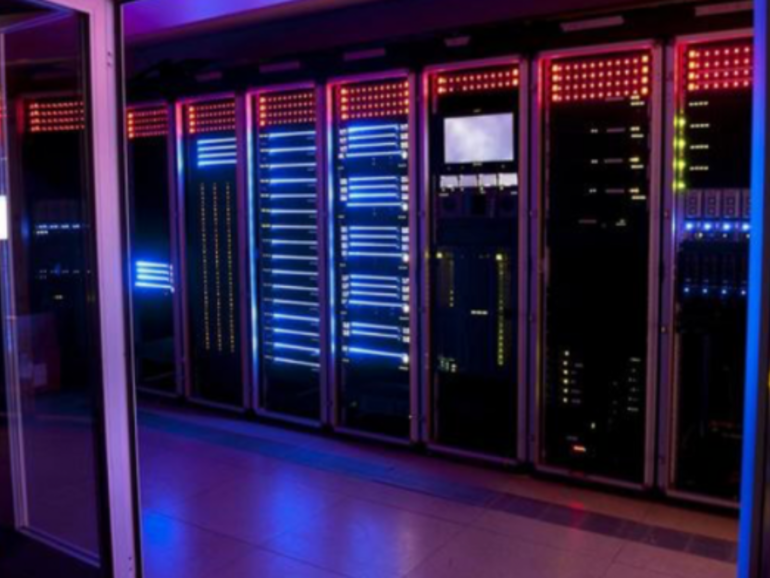Mainframes entered the market in the early 1950’s when IBM and the seven dwarfs (Burroughs, Unisys, NCR, Control Data, Honeywell, GE, and RCA) created the computing age and competed for critical applications, sophisticated modeling, and large-scale transactions and workloads among the largest of organizations. Over the past seven decades, compute power, storage, and networking have seen various waves of centralization and decentralization amidst each wave of disruptive technology adoption.
As with each wave, pundits, analysts, and industry watchers have forecasted the death of the mainframe. Yet, the venerable mainframe has prevailed. In a Q4 2020 update on mainframe usage, IBM shared the following statistics on mainframe adoption:
67 of the Fortune 100;45 of the top 50 Banks;8 of the top 10 Insurers;8 of the top 10 Telcos;7 of the top 10 Retailers;4 of the top 5 Airlines;
use the mainframe.
While it may be one thing to tout usage of a technology by which organizations continue to adopt a technology, IBM has grown usage as measured by MIPS, a method of calculating the raw speed used, by 350% over the past ten years.
Many CIOs Have An “AND” Strategy Not An “OR” Strategy For Hybrid Cloud
The newest mainframes include the latest Fujitsu GS21 series announced April 2018 along with Fujitsu Software GSS21sx V20 which supports connections with open systems. In September 2019, IBM launched the IBM Z15 showcasing key capabilities such as encryption anywhere, cloud native development, and instant recovery. From many conversations with CIOs in healthcare, travel, financial services, and pharma, the mainframe continues to play a key role in their overall modernization strategies. For many of these organizations, they are working with public cloud vendors such as Amazon Web Services, Microsoft Azure, Google Cloud, and Alibaba Cloud while keeping their intense workloads on the mainframe for both cost and security reasons.
In fact, many competitive industry leaders value a hybrid approach with cloud and mainframe as a trusted, efficient architecture for their enterprise organizations delivering intense hybrid workloads from securely filing a healthcare claim, making life-saving prescriptions, booking travel, initiating a credit check, and reducing fraud in banking online. A hybrid approach enables top businesses to apply the right technologies to the right workloads to reduce their risk. Why? Elasticity, distributed compute and storage, and shared infrastructure have continued to withstand the test of time. As the CIO of a Fortune 50 financial services entity noted, “The security, performance, reliability, and value equation of the mainframe give us confidence to continue with our hybrid approach. The cost of data movement and I/O costs would be punishingly expensive with our current public cloud contracts.”
Also: Cloud computing ‘sticker shock’ is on the rise, and containing it may be a new career path
Moreover, investments by organizations such as Broadcom and IBM’s in Zowe, the open mainframe project, enable all users to access an integrated and extensible open source framework for z/OS. Users can use one language to access open systems and open software through a set of common APIs and OS capabilities. Consequently, developers can use the same tools for the cloud and mainframe enabling a broader set of developers and resources to work on both. The numbers show this as well with 94 of the top 100 IBM Z Enterprises are running Linux on Z and able to modernize with the mainframe. In addition, a 2019 survey of mainframe professionals conducted by Forrester for IBM showed that nearly 90% of professionals in enterprise computing careers agree the job market for their skill set is growing, and 75% believe there is a high demand for their skills in mainframe.
Mainframe Usage Continues To Co-Exist And Expand In A Hybrid World
The growth of mainframe adoption has come at the same time the public cloud has expanded. Constellation estimates that 20% of the world’s workloads are now in the public cloud. As adoption continues, co-existence of mainframe, on-premises, and cloud deployments will continue for at least the next decade. In a 2020 Deloitte survey also confirmed that mainframe usage continues to grow with:
74% believe the mainframe has a long-term viability as a strategic platform for their organizations91% identified expanding their mainframe footprints as a moderate or critical priority in the next 12 months72% are planning upgrades to their mainframe in the next three years
The Bottom Line: Take A Hybrid Approach With Your Compute Strategy
While public cloud usage has gained ground, hybrid cloud approaches have become mainstream among top organizations. Many business and technology leaders have expanded and grown their existing investments in mainframe for their critical next gen computing environments. In fact, businesses rely on both the cloud and mainframe to lead digital transformation efforts built on trust to achieve peace of mind, with speed, security, versatility, elasticity, and scale on demand in a hybrid environment.
As leaders move forward, they should focus on getting the most out of their cloud and mainframe investments to improve organizational ROI. Modernizing on the mainframe can be done in concert with distributed and cloud platforms. Balancing out data gravity and I/O costs will determine which technology to place transactional processing and critical workloads. In the meantime, teams can easily use the same tools and standards such as open source across all platforms including mainframe. Form always follows function and tech decisions must match the business use case. Constellation expects mainframe to play not only a key role for decades to come, but also to expand its footprint in the overall technology and business strategy of leading organizations.



